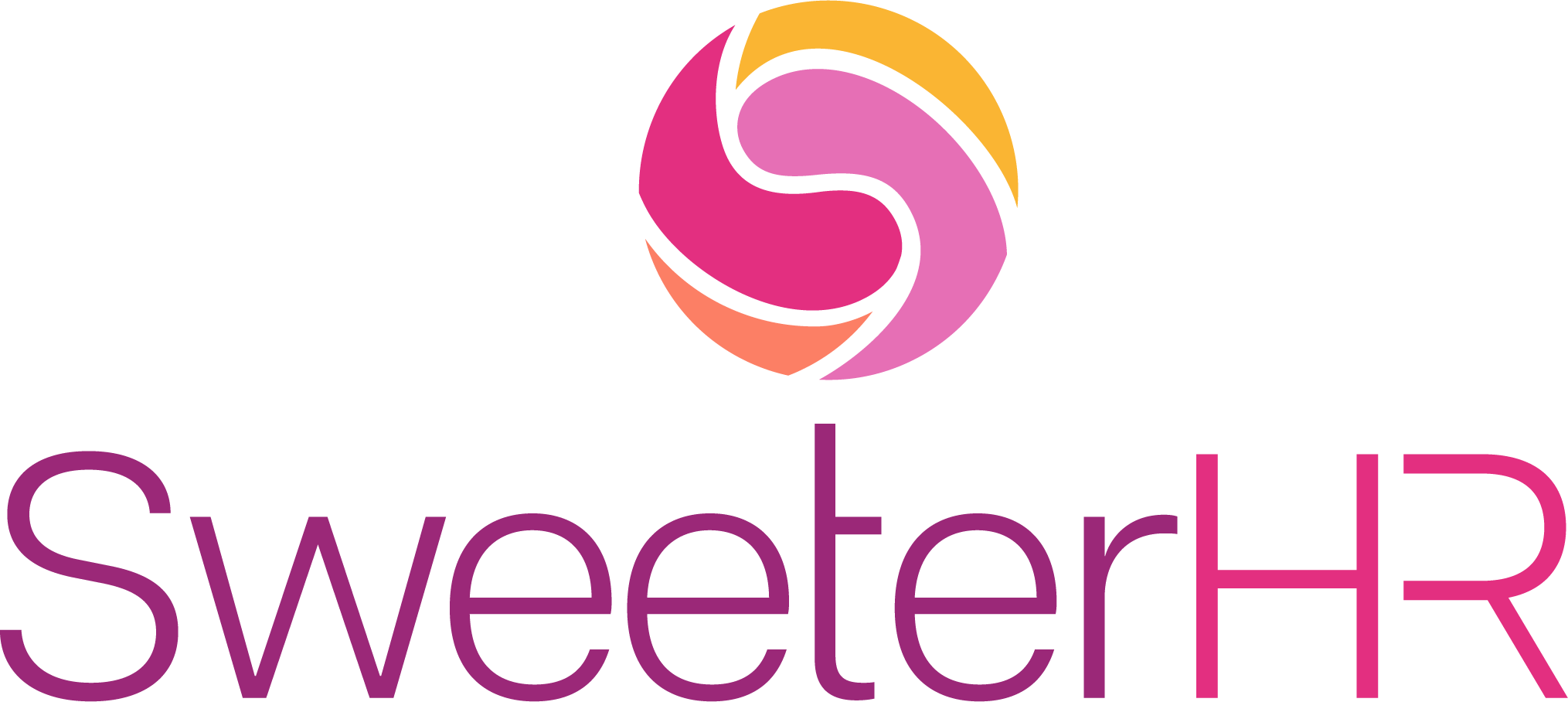According to a 2021 SHRM survey report, over 40 percent of United States workers are actively searching for a new job or are planning on searching for a new job soon. Additionally, 49 percent of executives within the United States have reported that in the past six months, their organization has seen higher turnover rates than usual. These turnover rates are twice what SHRM has seen reported in 2019 statistics (SHRM, 2021). For another perspective, according to a 2021 study done by the Bureau of Labor Statistics, the average turnover rate across all industries has skyrocketed to 57 percent (Bureau of Labor Statistics, 2021).
Workers in professional and business services, technology, retail, manufacturing, and administrative roles are most likely to see the higher turnover percentages, compared to workers in other industries (Bureau of Labor Statistics, 2021). Moreover, HR professionals surveyed by SHRM said recent voluntary turnover has been highest in operations, customer service, and logistics. On top of that, statistics show that Millennials and Generation Z are more likely than members of Generation X and Baby Boomers to say they are actively searching for a new job right now (SHRM, 2021).
So why are employees partaking in this Great Resignation? Although each employee’s reason may vary, there have been a number of trends which identify this phenomenon. For example, it has been reported that 56 percent of employees who are considering new employment are doing so because of their managers (Maurer and Mirza, 2021).
Other common reasons for the Great Resignation among employees include:
- Better compensation (cited by 53 percent of respondents).
- Better work/life balance (42 percent).
- Better benefits (36 percent).
- Career advancement opportunities (33 percent).
- Desire to make a career change (33 percent).
High turnover rates due to these conditions can be detrimental to a businesses’ overhead profit and ability for growth. SHRM reported that on average it costs a company 6 to 9 months of an employee’s salary to replace them. That is anywhere between 50-60% of the employees’ salary. However, depending on the individual’s level of seniority, the financial burden fluctuates. For example, for technical positions, the cost jumps to 100-150 percent of salary. And at the high end, C-suite turnover can cost a business up to 213 percent of the employee’s salary (SHRM, 2021).
These rates are so high because organizations are not only forced to dedicate time and resources to recruiting, onboarding, and training a new hire after an employee leaves; business simultaneously take a hit internally while the role remains unfilled. These expenses are known as the cost per hire and cost of vacancy, respectively. It’s estimated that two thirds of all sunk costs due to turnover are intangible, including lost productivity and knowledge, which are part of the cost-of-vacancy calculation (SHRM, 2021).
Therefore, in times of record high employee turnover, SHRM researchers recommended the best way to combat the Great Resignation is for employers be innovative with their retention strategies and employee engagement.
Low engagement is yet another reason why many employees choose to pursue other means of employment. For example, employees who are genuinely engaged are statistically proven to want to work harder and more willing to go above and beyond than their disengaged work counterparts. Moreover, in connection to performance, studies show that employee engagement results in higher performance outcomes and indicate that employees` engaged behaviors can help them perform better and much more effectively than others (Kura and Alkashami, 2021).
Employee engagement is critical to all facets of an organization because having effective strategies in place helps to create a better work culture, reduces staff turnover, increases productivity, builds better work and customer relationships, and impacts company profits; all while supporting a happier employee. Statistics show that highly engaged organizations see an average of 20% higher sales than those that are disengaged. In the modern workplace, overall productivity increases by 20-25% when employees are engaged (Kura and Alkashami, 2021). By focusing on the importance of employee engagement, your organization can help ensure employees stick around longer, keeping employee retention high and turnover costs to a minimum.






